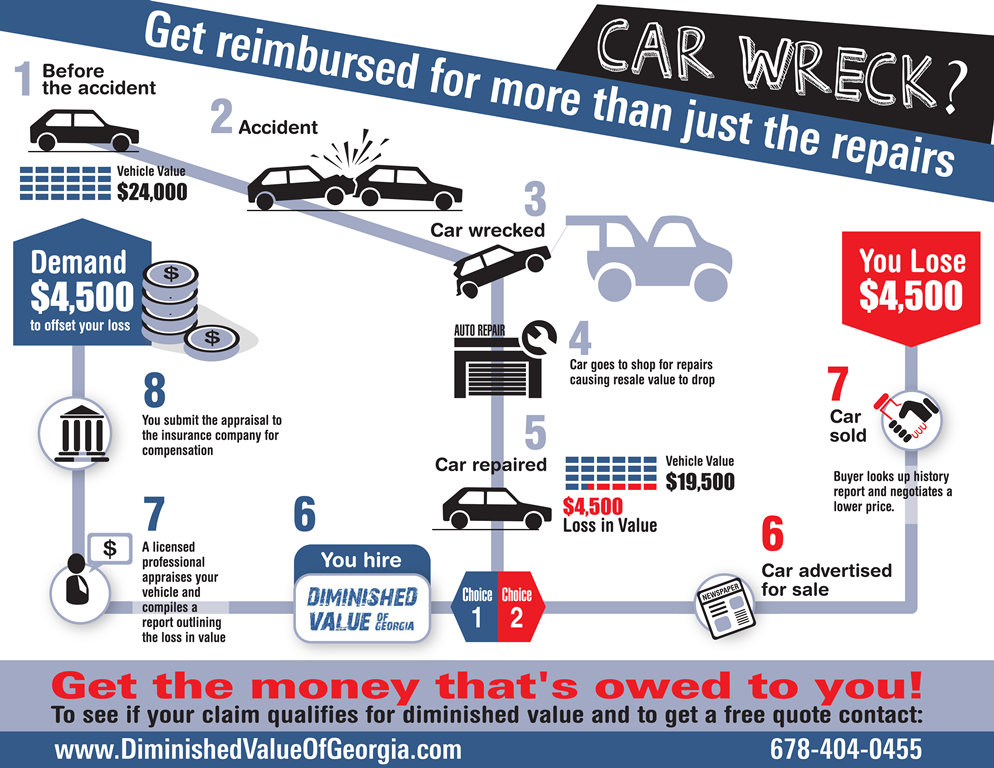Wondering Concerning The Significance Behind Those Control Panel Warning Lights? Gain Insights Right Into Their Ramifications For Your Lorry'S Security And Maintenance
Wondering Concerning The Significance Behind Those Control Panel Warning Lights? Gain Insights Right Into Their Ramifications For Your Lorry'S Security And Maintenance
Blog Article
Content Written By-Lim Stark
When you lag the wheel, those glowing warning lights on your control panel can be a bit puzzling. Do you know what they're trying to tell you about your cars and truck's health and wellness? Recognizing the importance of these lights is essential for your safety and security and the long life of your car. So, the following time among those lights pops up, would not you wish to analyze its message precisely and take the necessary steps to address it?
Common Caution Lighting and Interpretations
Identify typical caution lights in your car and recognize their significances to ensure risk-free driving.
One of the most regular warning lights include the check engine light, which indicates problems with the engine or discharges system. If matinedetailing comes on, it's important to have your lorry checked without delay.
https://quick-oil-change-near-me30628.getblogs.net/62435275/auto-describing-for-every-single-period-exactly-how-to-obtain-your-car-all-set-year-round warning light suggests reduced oil pressure, needing immediate focus to avoid engine damages.
A flashing battery light may suggest a damaged billing system, potentially leaving you stranded if not resolved.
The tire stress tracking system (TPMS) light notifies you to reduced tire pressure, impacting lorry security and gas efficiency. Overlooking this could result in risky driving problems.
The abdominal muscle light shows a problem with the anti-lock stopping system, jeopardizing your capability to stop swiftly in emergency situations.
Finally, the coolant temperature cautioning light warns of engine getting too hot, which can lead to serious damages if not solved swiftly.
Recognizing these usual warning lights will certainly assist you attend to problems promptly and maintain risk-free driving problems.
Relevance of Prompt Focus
Recognizing the common caution lights in your cars and truck is just the first step; the significance of without delay attending to these cautions can not be highlighted sufficient to ensure your safety on the road.
When a caution light brightens on your control panel, it's your vehicle's way of communicating a potential concern that needs interest. Neglecting https://oil-change-places-near-me28394.blogscribble.com/30011798/captivated-by-the-globe-of-automobile-detailing-materials-uncover-crucial-tools-and-professional-tips-for-beginners-to-level-up-their-outlining-video-game can lead to a lot more extreme issues later on, compromising your safety and security and possibly costing you a lot more in repairs.
https://www.wkrn.com/automotive/spend-less-at-the-pump-with-these-fuel-saving-tips/ to cautioning lights can avoid failures and mishaps. For instance, a blinking check engine light could suggest a misfire that, if left neglected, might cause damages to the catalytic converter. Addressing this without delay can conserve you from an expensive repair work.
In a similar way, a brake system warning light may indicate low brake fluid or worn brake pads, crucial elements for your safety when driving.
DIY Troubleshooting Tips
If you see a caution light on your dashboard, there are a couple of DIY troubleshooting tips you can attempt prior to seeking professional help.
The very first step is to consult your car's guidebook to understand what the particular caution light shows. Occasionally the problem can be as easy as a loose gas cap causing the check engine light. Tightening the gas cap may solve the trouble.
An additional typical issue is a low battery, which can activate various alerting lights. Checking the battery links for corrosion and guaranteeing they're protected could fix the trouble.
If a warning light continues, you can try resetting it by disconnecting the auto's battery for a couple of minutes and afterwards reconnecting it. In addition, checking your car's liquid levels, such as oil, coolant, and brake fluid, can assist fix alerting lights connected to these systems.
Verdict
In conclusion, understanding your automobile's caution lights is crucial for maintaining your lorry running efficiently and securely. By immediately attending to these signals and knowing what they imply, you can avoid costly fixings and possible break downs.
Remember to consult your vehicle's handbook for specific details on each alerting light and do something about it as necessary to make certain a trouble-free driving experience.
Remain informed, stay safe when driving!
